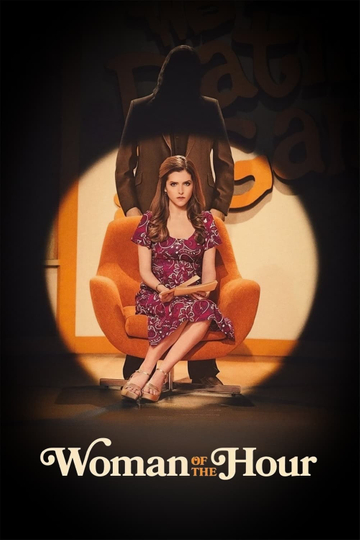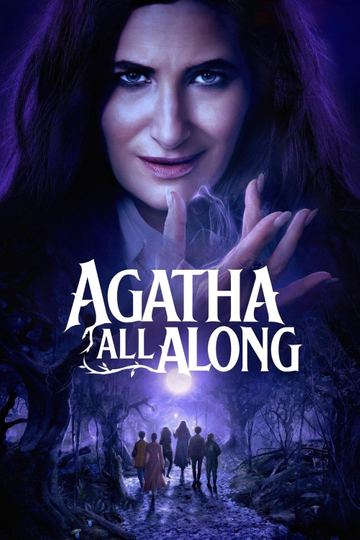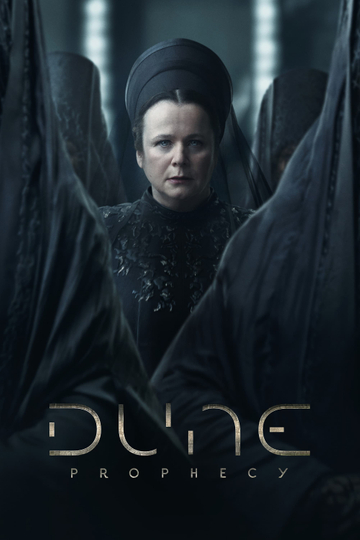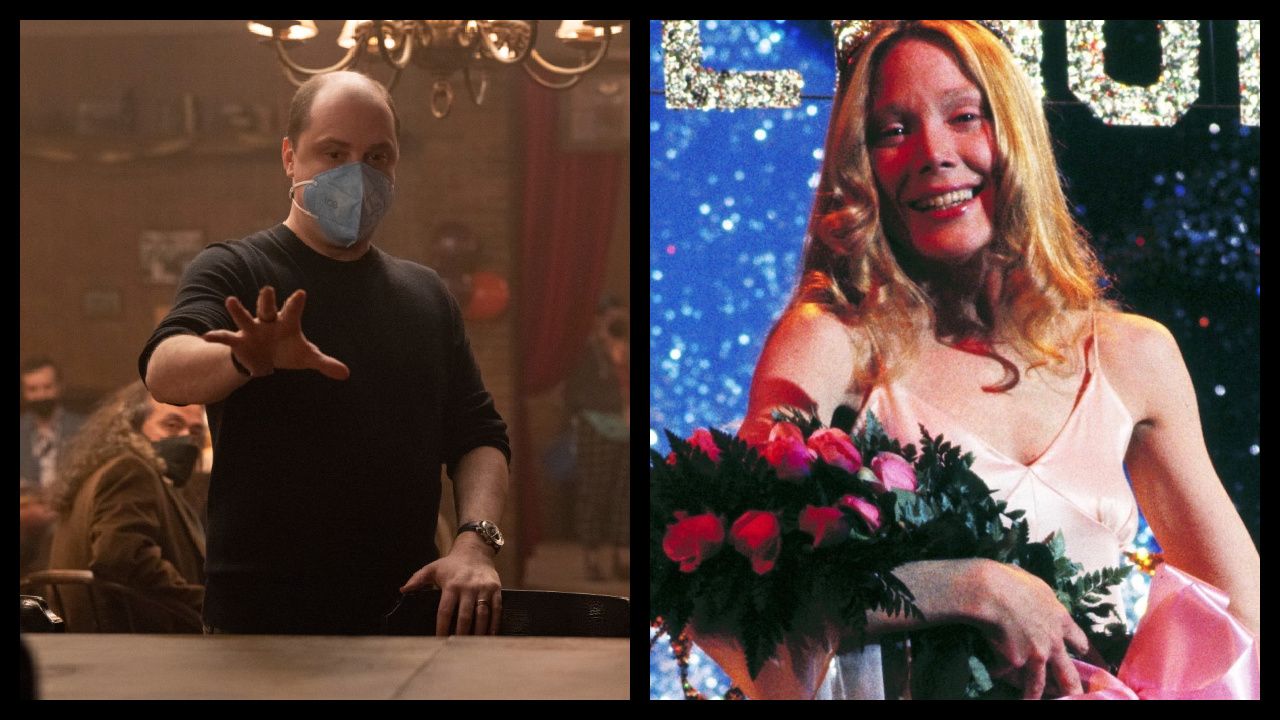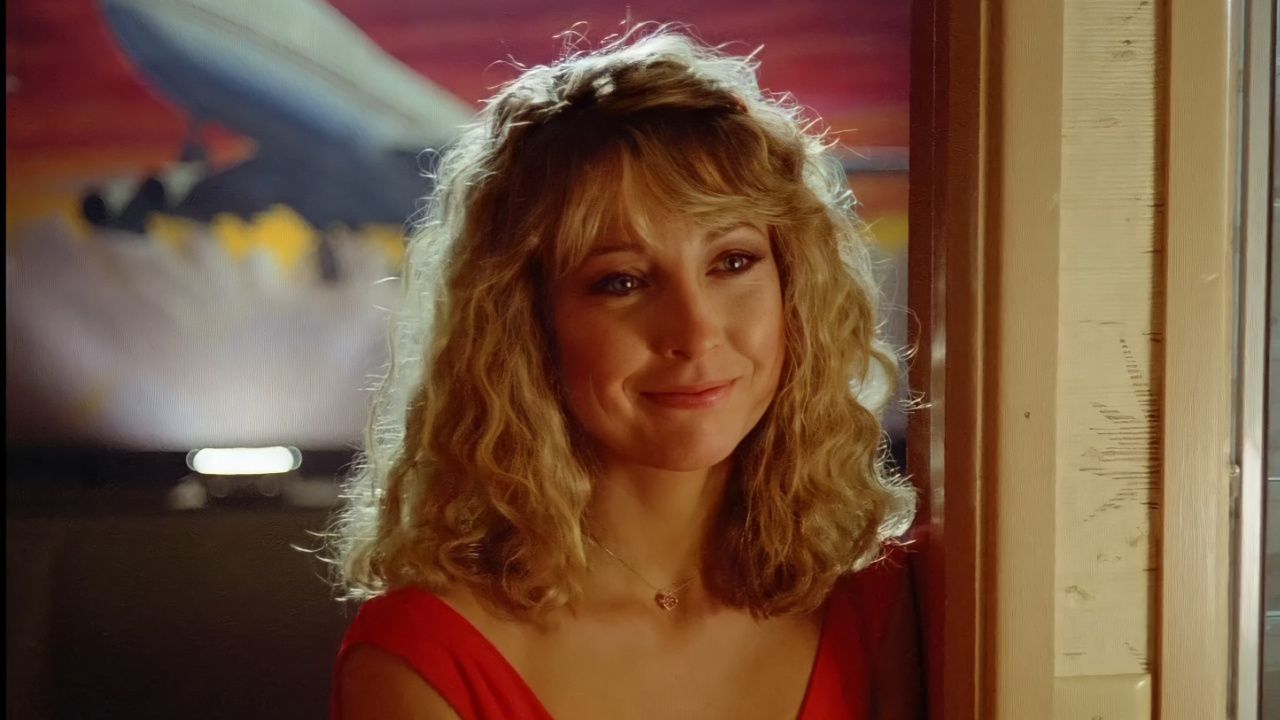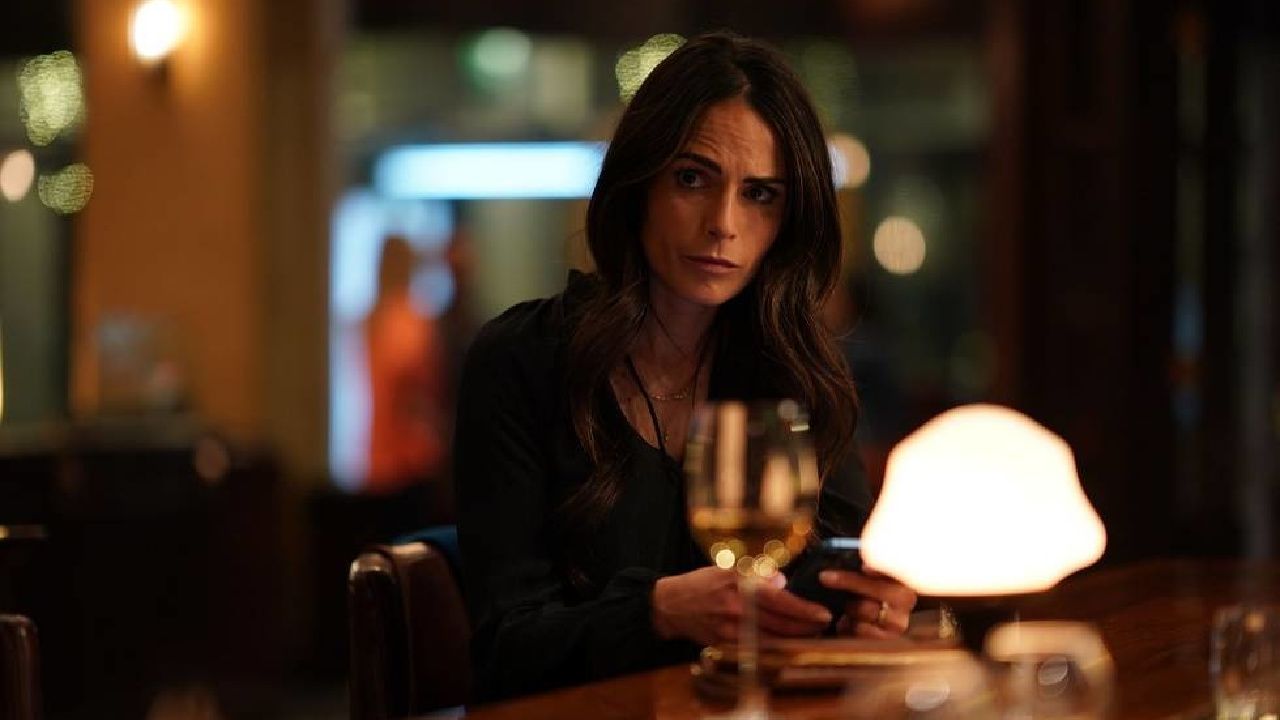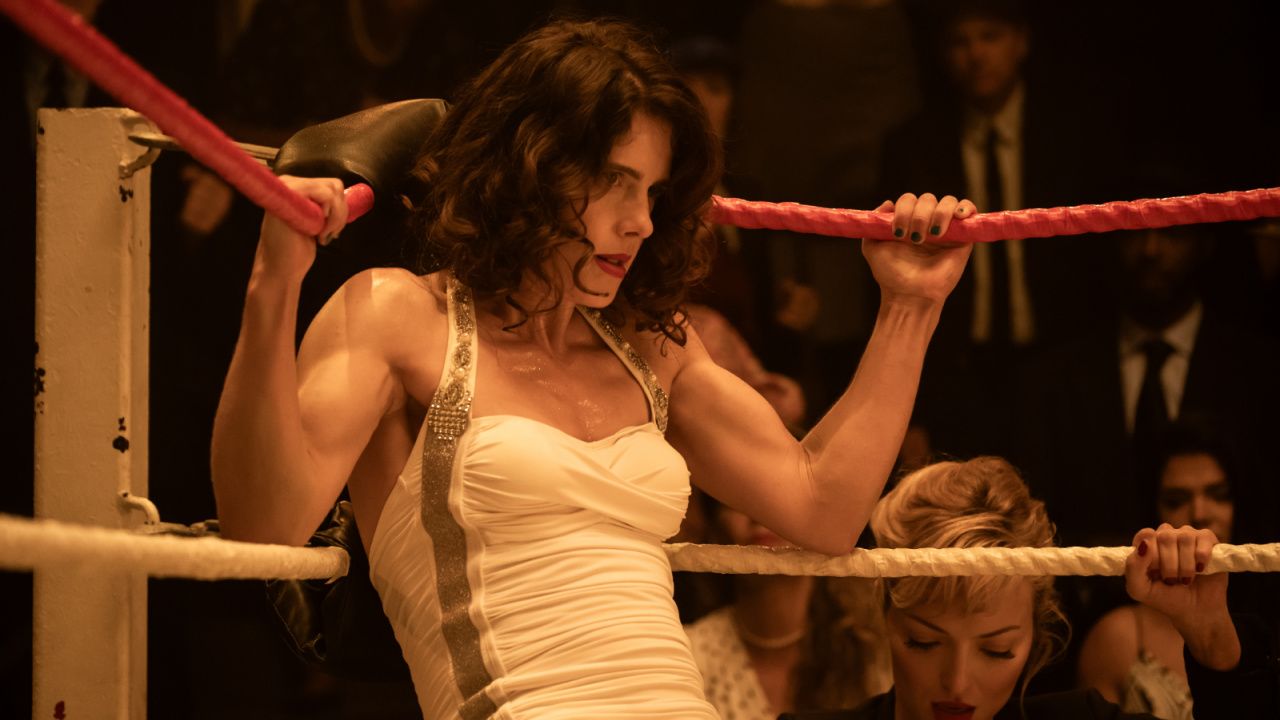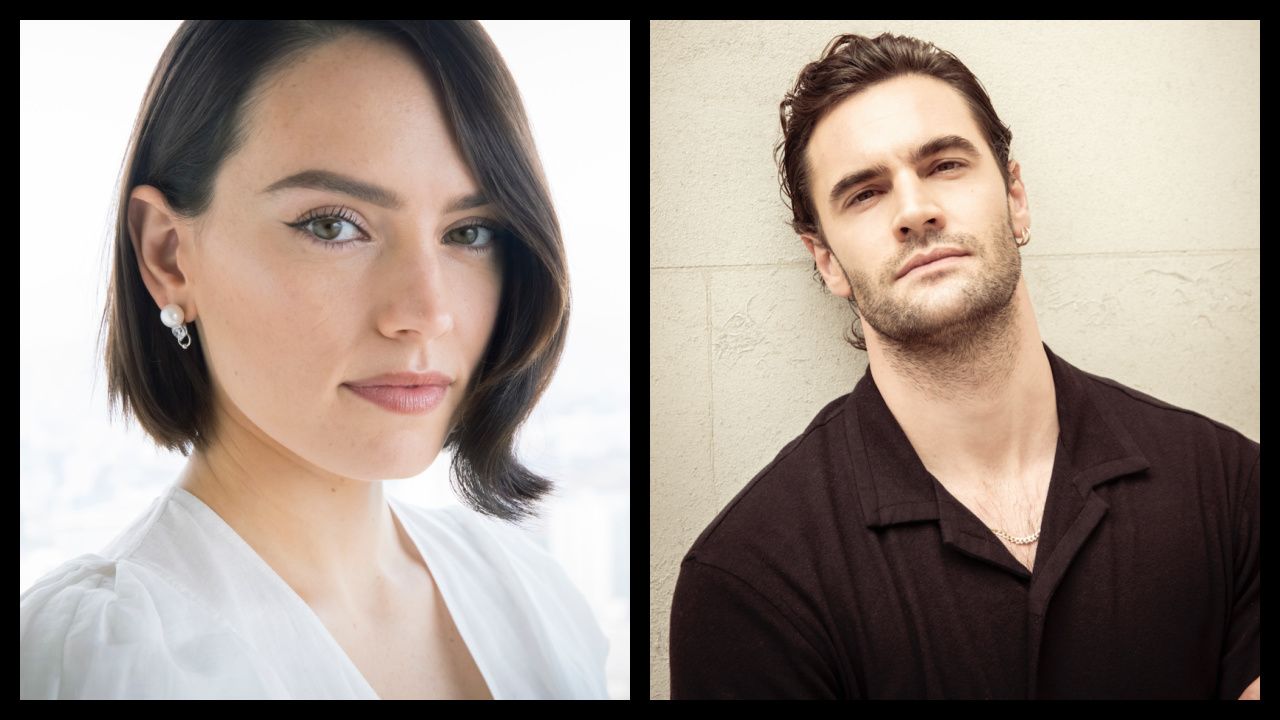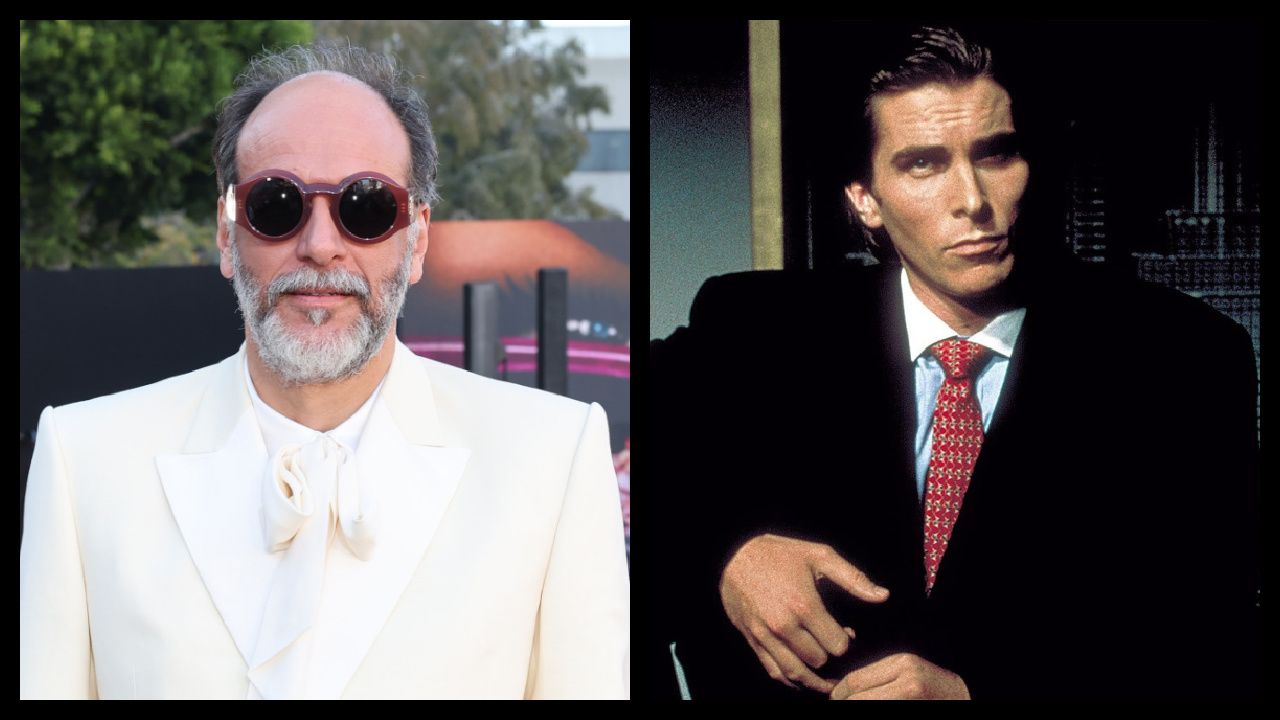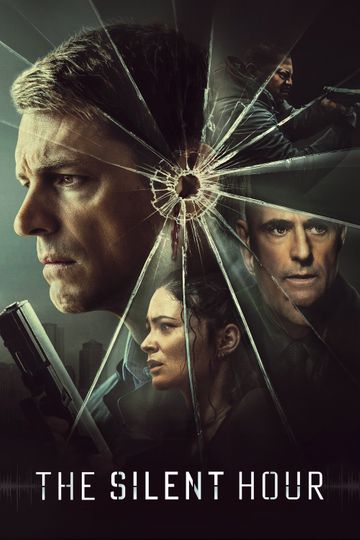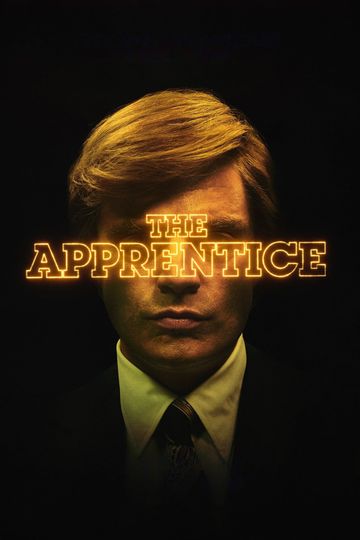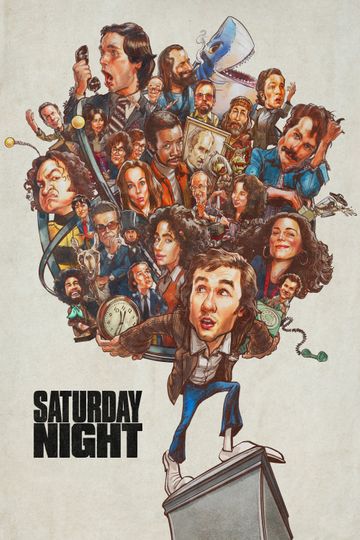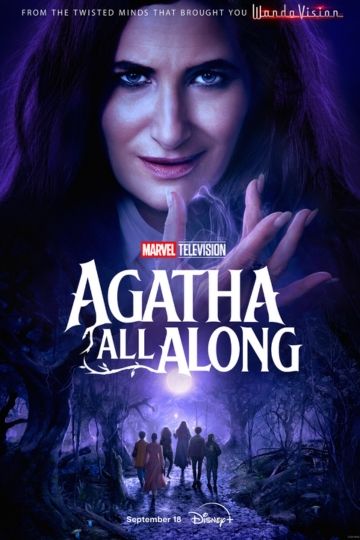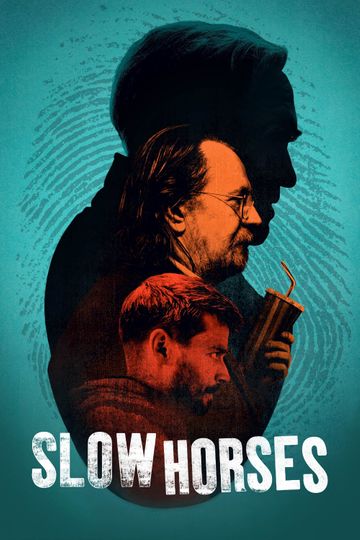Why Korean Dramas Are Some of the Most Addicting TV Series Around
According to The Walking Dead" drew in 14.2 million viewers in the U.S. -- that's roughly 4.4 percent of the population.
When almost half a country goes gaga for a TV show, that's the kind of fandom that crosses oceans -- an effect now commonly referred to as "hallyu," or Korean Wave. With Korean dramas or K-dramas for those in the know (which is about to be you) cropping up all over the web and American remakes in the works, there must be a reason behind the bingeing. Let's start with just five reasons for the hype.
They're Low Commitment
For the average show, we're used to watching about 22 to 32 episodes each season. Add that to our love of building comic book inspired cinematic universes -- "Agents of S.H.I.E.L.D." ties into "Daredevil" and "Jessica Jones" -- and you're looking at a serious binge-watching commitment.
Not so with K-drama. With the exceptions of historical and weekend family dramas, each series is a self-contained story that lasts just one season of 16 to 20 episodes. That's a breezy binge with little-to-no-serious commitment; the compact format makes for less navel gazing and more action.
They're Absolutely Gorgeous
South Korea has an international reputation for impeccable skin care and cosmetic surgery, and that absolutely shows in K-drama. Every character from CEOs to soldiers is a perfect 10, and plenty of product placement means they're all rocking runway-ready wardrobes and sporting the latest smartphones you'll be using next year.
And that's to say nothing of the cinematography. While American soaps aren't necessarily known for their stunning camera work, K-drama's opulent locales ("Descendants" was shot on-location in Greece), slick production, and energetic camera work make each episode feel like a K-pop music video.
They're Familiar ...
Archetypes and accessibility go hand-in-hand, and K-drama has the both of them in spades. Rich boys -- or chaebols -- meet poor girls, and their overbearing in-laws most definitely step in. Mysterious lovers and plucky heroines have all the secret past traumas you've come to expect, and you can bet there will be Cinderella stories. It happened in hit drama "Coffee Prince" (in which a poor young girl disguises herself as a boy to work at a coffee shop and falls in love with its owner) and it'll happen again. Count on it.
... Yet Refreshing
Time-tested archetypes make it easy to slip into K-drama, but fresh, vibrant cultural differences keep you on your toes. Whether it's a character literally getting slapped across the face with kimchi (a thing that actually happened in "Everybody, Kimchi!") or a human being falling in love with an alien -- like in "My Love From Another Star" -- you can only expect one certainty: Your expectations will be defied.
Oh, and There's Makjang (Lots and Lots of Makjang)
Makjang roughly translates to "over-the-top drama" in Korean, and K-drama means makjang -- a whole lot of makjang. Star-crossed lovers, major characters taken out by ninja hitmen, revenge fantasies driven by sons tracking down their father's killers ("City Hunter" style), Darth Vader-level parentage reveals, and cliffhangers aplenty -- it's all there.
To be fair, not every K-drama is filled with makjang, but it's what keeps us coming back for just one more episode. And by "just one more," we mean two more. Or six more. Or, you know, the whole rest of the series.
Sources
- Forbes: Korean Drama 'Descendants of the Sun' Breaks Records Thanks to Chinese Investments
- Public Radio International: Your Next Big, Addictive TV Series Could Be from South Korea
- Kotaku: "Kimchi Slap" Looks Painful and Gross
- Business Insider: 'The Walking Dead' Season Finale Suffered a Big Drop in Viewers for the Zombie Show


